Home>Storage & Organization>Kitchen Organizing Tools>What To Put Under A Cat Litter Box
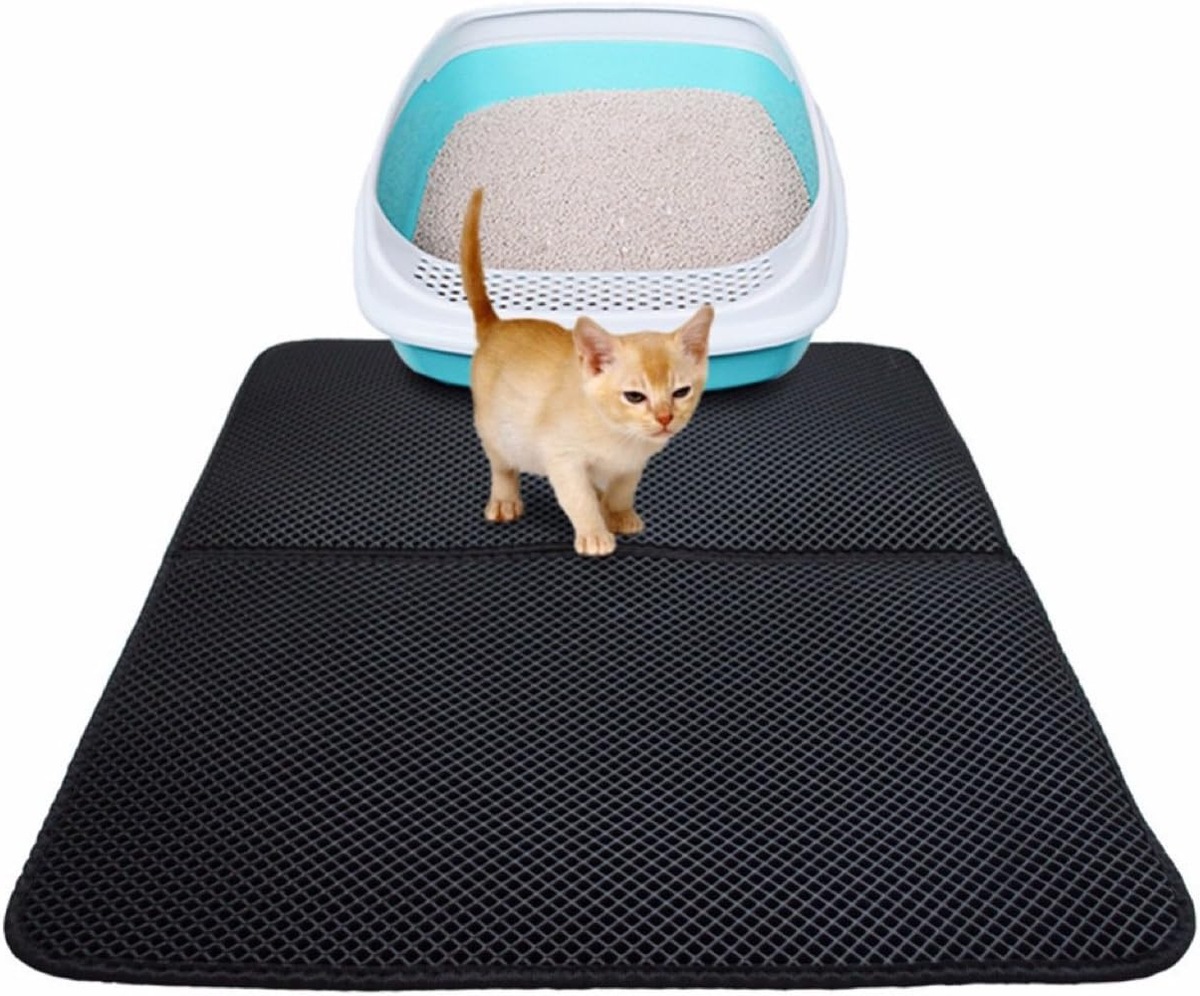

Kitchen Organizing Tools
What To Put Under A Cat Litter Box
Modified: February 26, 2024
Discover the best kitchen organizing tools for your cat litter box area. Find practical and stylish solutions to keep your space tidy and efficient. Ideal for cat owners looking to maximize their kitchen space.
(Many of the links in this article redirect to a specific reviewed product. Your purchase of these products through affiliate links helps to generate commission for Storables.com, at no extra cost. Learn more)
Best materials for cat litter box placement
When it comes to finding the best materials for cat litter box placement, it's essential to consider both the functionality and aesthetics of the space. The right materials can help maintain a clean and organized area while also complementing the overall design of your home.
-
Durable and Easy-to-Clean Flooring:
- Opt for flooring materials that are durable and easy to clean, such as tile, vinyl, or laminate. These options are resilient to scratches and moisture, making them ideal for the area around the litter box. Additionally, they can be effortlessly wiped or mopped clean, ensuring that any accidents or spills are quickly taken care of.
-
Waterproof Mats or Trays:
- Placing a waterproof mat or tray beneath the litter box can help contain any stray litter or spills, preventing them from reaching the floor. Look for mats specifically designed for this purpose, as they are often equipped with ridges or textures that trap litter and debris, keeping the surrounding area tidy.
-
Odor-Absorbing Materials:
- Consider using odor-absorbing materials, such as activated charcoal or baking soda, in the vicinity of the litter box. These materials can help neutralize unpleasant odors, creating a fresher environment for both you and your feline companion.
-
Decorative Screens or Partitions:
- For a more aesthetically pleasing setup, consider incorporating decorative screens or partitions around the litter box area. These can add a touch of style while also providing privacy for your cat and concealing the litter box from plain view.
By carefully selecting the materials for cat litter box placement, you can create a functional and visually appealing space that seamlessly integrates into your home. These materials not only contribute to a cleaner and more organized environment but also contribute to the overall comfort and well-being of your feline friend.
Key Takeaways:
- Keep your cat’s litter box area clean and odor-free by using durable flooring, waterproof mats, and odor-absorbing materials. Consider decorative screens for a stylish and functional setup.
- Protect your floors from litter box mess with waterproof mats, litter box enclosures, and elevated litter boxes. Consider apartment regulations and aesthetic integration for a harmonious living environment.
Read more: What Is A Cat Litter Box
Options for protecting your floors
Maintaining the cleanliness and integrity of your floors is a top priority when it comes to cat litter box placement. Fortunately, there are several effective options for safeguarding your floors from the potential mess and moisture associated with a litter box.
-
Waterproof Mats or Trays: Placing a waterproof mat or tray beneath the litter box serves as a reliable barrier against spills and stray litter. These mats are designed to contain any moisture or debris, preventing them from reaching the floor and causing damage. Look for mats with raised edges or textured surfaces, as they are particularly adept at trapping litter and preventing it from scattering across the floor.
-
Litter Box Enclosures: Investing in a litter box enclosure not only provides your cat with privacy but also helps contain any litter tracking or scattering. These enclosures come in various designs, including those with built-in mats or trays, further enhancing their ability to protect your floors. Additionally, some enclosures feature entryway steps or ramps, which can help minimize the spread of litter as your cat exits the box.
-
Flooring Protection Films: Consider using temporary flooring protection films in the vicinity of the litter box. These adhesive films create a durable, transparent layer that shields your floors from scratches, spills, and stains. They are particularly useful in high-traffic areas and can be easily replaced when needed, ensuring that your floors remain in pristine condition.
-
Litter Catcher Rugs: Litter catcher rugs are specifically designed to capture and contain litter particles as your cat exits the litter box. These rugs feature a textured surface that effectively removes litter from your cat's paws, preventing it from being tracked throughout the house. Placing a litter catcher rug just outside the litter box area can significantly reduce the amount of stray litter that reaches your floors.
-
Elevated Litter Boxes: Opting for an elevated litter box can help minimize the risk of litter being scattered onto the floor. These raised boxes often feature built-in ramps or steps, allowing your cat to access the box while minimizing the spread of litter. Additionally, elevated litter boxes can provide a more ergonomic and comfortable experience for your cat while protecting your floors from potential mess.
By exploring these options for protecting your floors, you can effectively mitigate the impact of litter box-related mess and moisture, ensuring that your floors remain clean and well-maintained. Implementing these protective measures not only contributes to a tidier living space but also promotes a harmonious coexistence between you, your cat, and your home environment.
Considerations for apartment living
Living in an apartment presents unique considerations when it comes to cat litter box placement. Space constraints, shared living areas, and specific apartment regulations all play a crucial role in determining the most suitable approach for accommodating a litter box within this environment.
-
Space Optimization: In apartments, space optimization is paramount. When selecting a location for the litter box, it's essential to identify an area that is both accessible for your cat and inconspicuous within the living space. Consider utilizing underutilized spaces such as closets, laundry rooms, or bathroom corners to discreetly integrate the litter box without encroaching on valuable living areas.
-
Noise and Odor Control: In close quarters, managing noise and odor from the litter box is particularly important. Opt for a litter box with a hood or cover to contain odors and minimize noise associated with digging and covering waste. Additionally, incorporating odor-absorbing materials, such as activated charcoal or baking soda, can help maintain a fresh and pleasant environment within the apartment.
-
Apartment Regulations: Many apartments have specific regulations regarding pet-related amenities, including litter boxes. Before finalizing the placement of the litter box, familiarize yourself with the apartment's guidelines to ensure compliance. Some apartments may require litter boxes to be placed in designated areas or may have restrictions on the type of litter that can be used.
-
Aesthetic Integration: Integrating the litter box into the apartment's aesthetic is essential for creating a harmonious living environment. Consider selecting a litter box that complements the existing decor or exploring creative solutions, such as decorative screens or furniture-style enclosures, to seamlessly blend the litter box into the overall design of the apartment.
-
Neighbor Consideration: In apartment buildings, it's important to consider the proximity of neighboring units when placing the litter box. Opt for a location that minimizes the potential impact on neighboring residents, particularly in terms of odor and noise. Open communication with neighbors regarding the placement of the litter box can also foster a considerate and respectful living environment.
By carefully considering these factors, apartment dwellers can effectively integrate a litter box into their living space while maintaining a clean, odor-free, and harmonious environment for both themselves and their feline companions. Balancing functionality, compliance with apartment regulations, and consideration for neighbors can contribute to a positive living experience for all residents within the apartment community.
Tips for keeping the area clean and odor-free
Maintaining a clean and odor-free environment around the cat litter box is essential for both the well-being of your feline companion and the overall hygiene of your home. By implementing effective strategies and proactive measures, you can ensure that the area surrounding the litter box remains tidy, fresh, and inviting.
Regular Cleaning Routine
Establishing a regular cleaning routine for the litter box area is fundamental in preventing the buildup of odors and maintaining cleanliness. Scoop the litter box at least once a day to remove waste and clumps, ensuring that the litter remains fresh and odor-free. Additionally, consider a weekly deep cleaning of the litter box with mild soap and water to eliminate any residual odors and bacteria.
Read more: Where Do You Put A Cat Litter Box
High-Quality Litter
Investing in high-quality, odor-absorbing cat litter can significantly contribute to a cleaner and fresher litter box area. Look for litter varieties specifically formulated to neutralize odors, such as those containing activated charcoal or natural deodorizing agents. Additionally, consider unscented litter options, as heavily scented litters may mask odors temporarily but can be overwhelming for both you and your cat.
Adequate Ventilation
Proper ventilation in the litter box area is crucial for minimizing odors and promoting air circulation. Ensure that the space is well-ventilated, either through natural airflow or the use of a nearby fan or air purifier. Adequate ventilation helps prevent the accumulation of stale odors and maintains a fresh atmosphere in the surrounding area.
Strategic Placement of Air Fresheners
Strategically placing air fresheners or odor-neutralizing products near the litter box area can help combat any lingering odors. Opt for natural or pet-safe air fresheners that effectively neutralize odors without overwhelming fragrances. Additionally, consider using essential oil diffusers with cat-safe essential oils, such as lavender or cedarwood, to naturally freshen the air.
Regular Floor Maintenance
In addition to maintaining the litter box itself, regular floor maintenance in the surrounding area is essential for a clean and odor-free space. Vacuum or sweep the area around the litter box frequently to remove any stray litter and debris. Consider using a pet-safe floor cleaner to mop the area, ensuring that any spills or accidents are promptly addressed.
Read more: What To Put In A Rabbit Litter Box
Encourage Regular Hygiene Practices
Encouraging regular hygiene practices for your cat, such as nail trimming and grooming, can help minimize the spread of litter and odors. Keeping your cat's paws clean and trimmed reduces the likelihood of litter being tracked throughout the house, ultimately contributing to a cleaner and more odor-free environment.
By incorporating these tips into your cat litter box maintenance routine, you can effectively uphold a clean, fresh, and inviting space for both your cat and your home. Consistent attention to cleanliness, ventilation, and odor control fosters a harmonious living environment, ensuring that the litter box area remains a comfortable and pleasant space for all inhabitants.
Frequently Asked Questions about What To Put Under A Cat Litter Box
Was this page helpful?
At Storables.com, we guarantee accurate and reliable information. Our content, validated by Expert Board Contributors, is crafted following stringent Editorial Policies. We're committed to providing you with well-researched, expert-backed insights for all your informational needs.
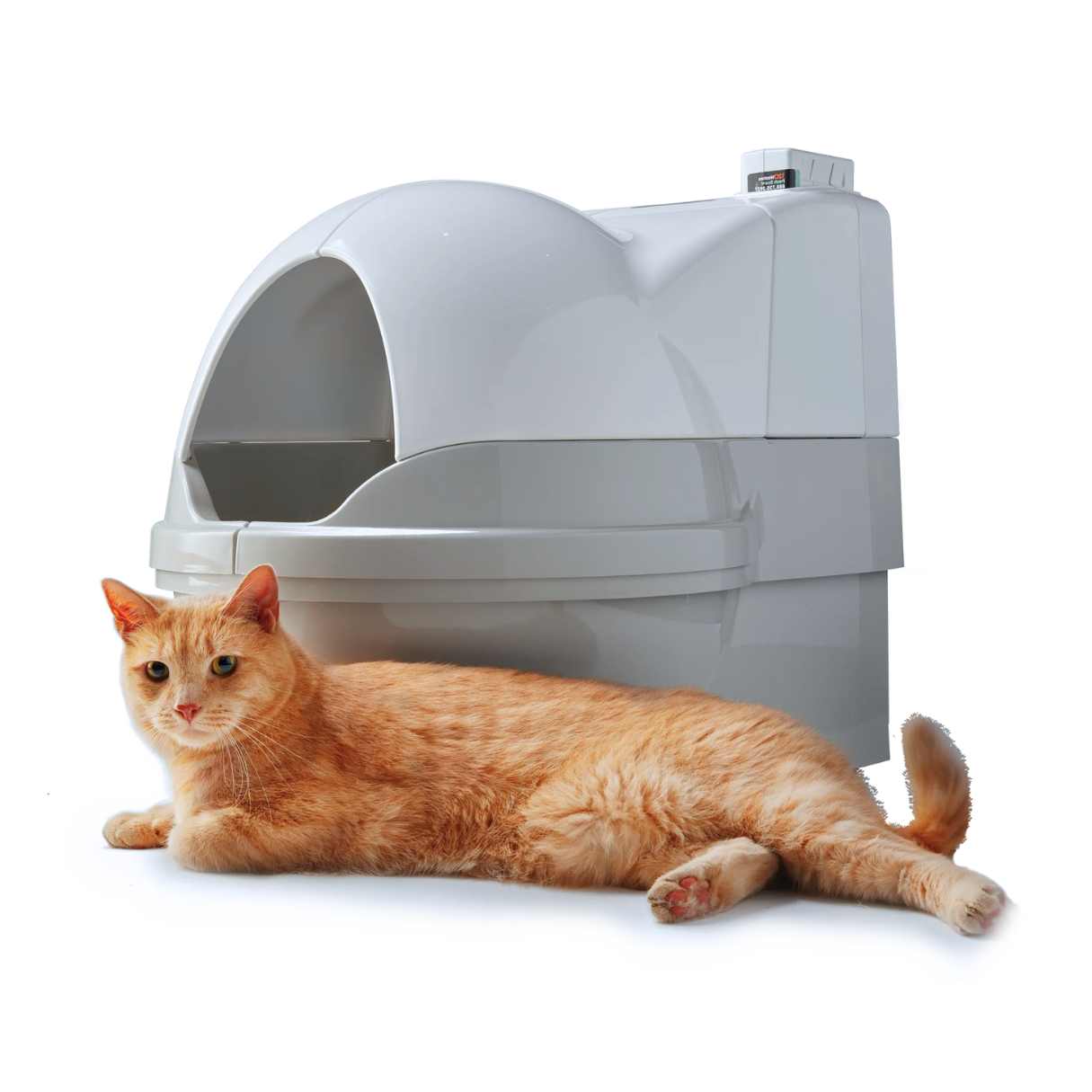
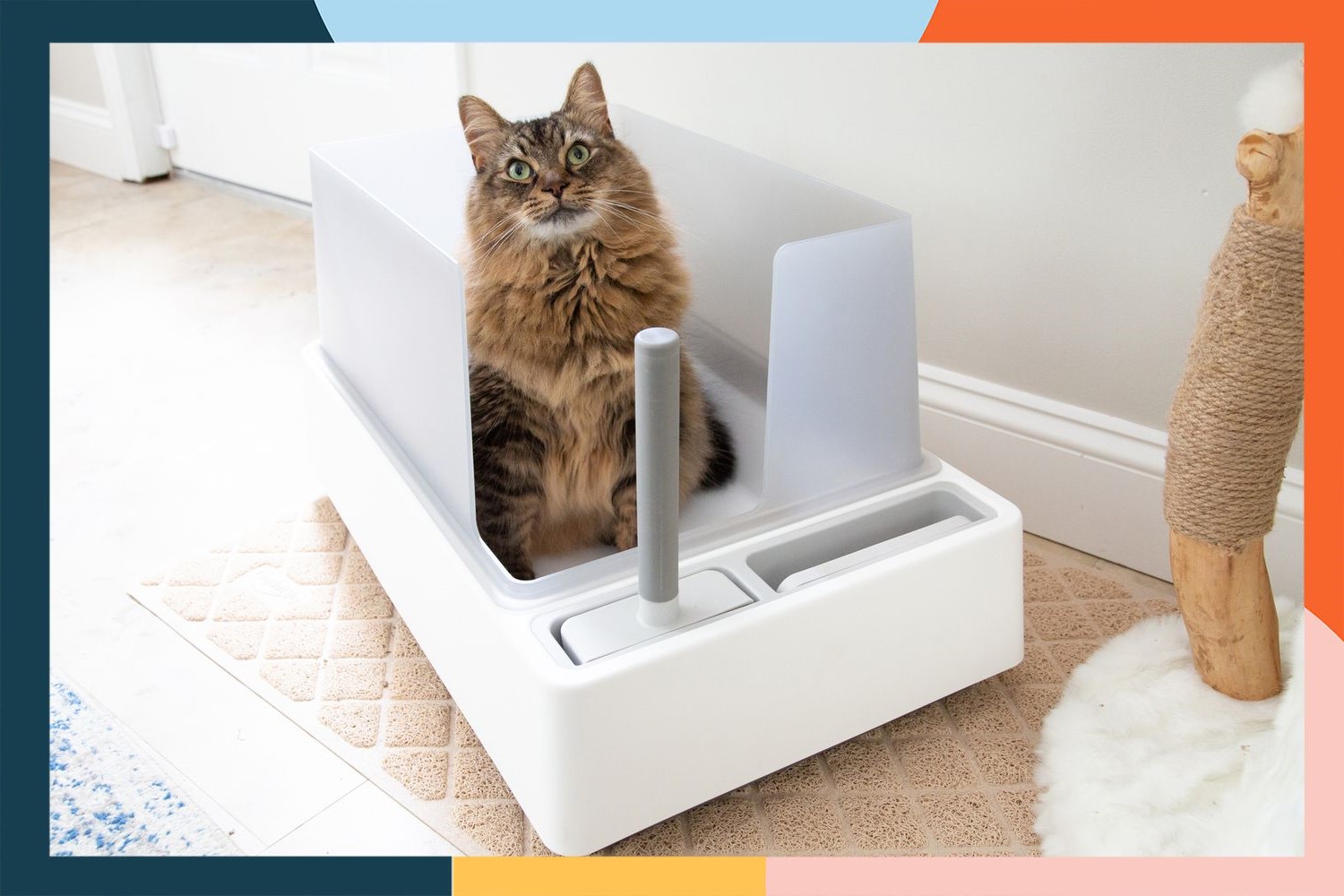
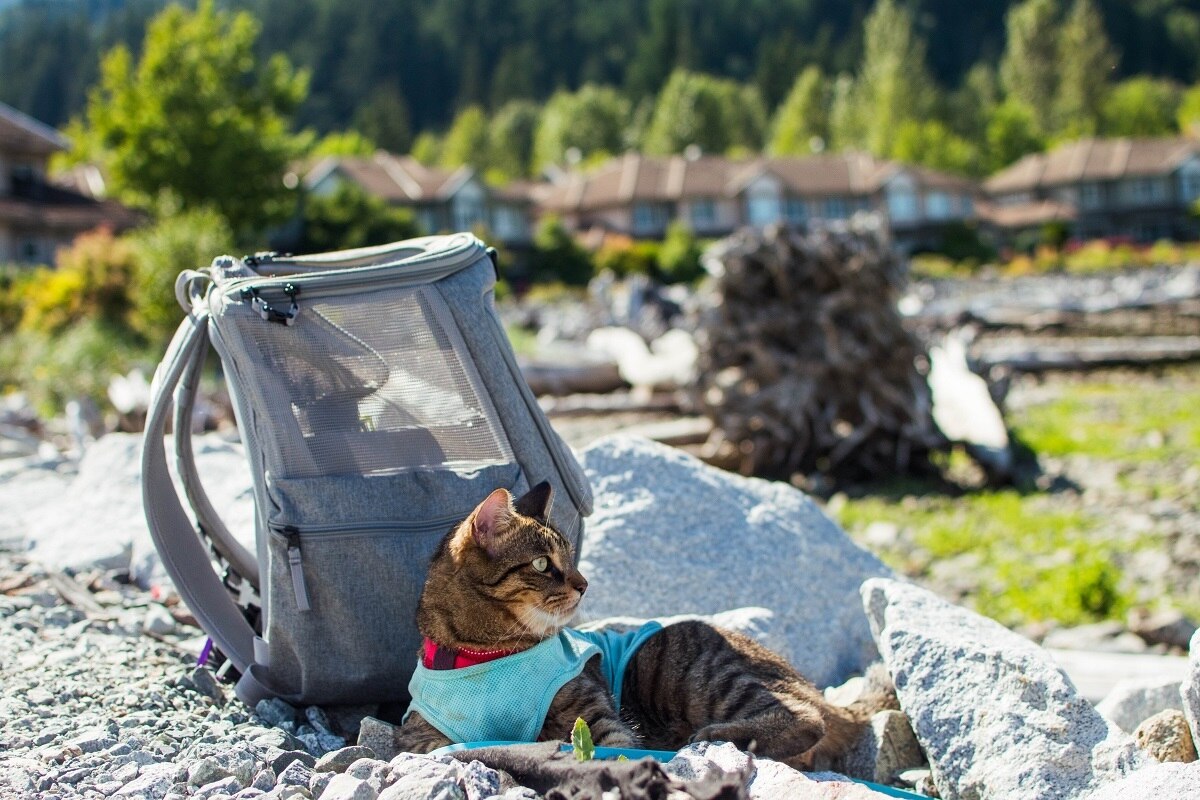
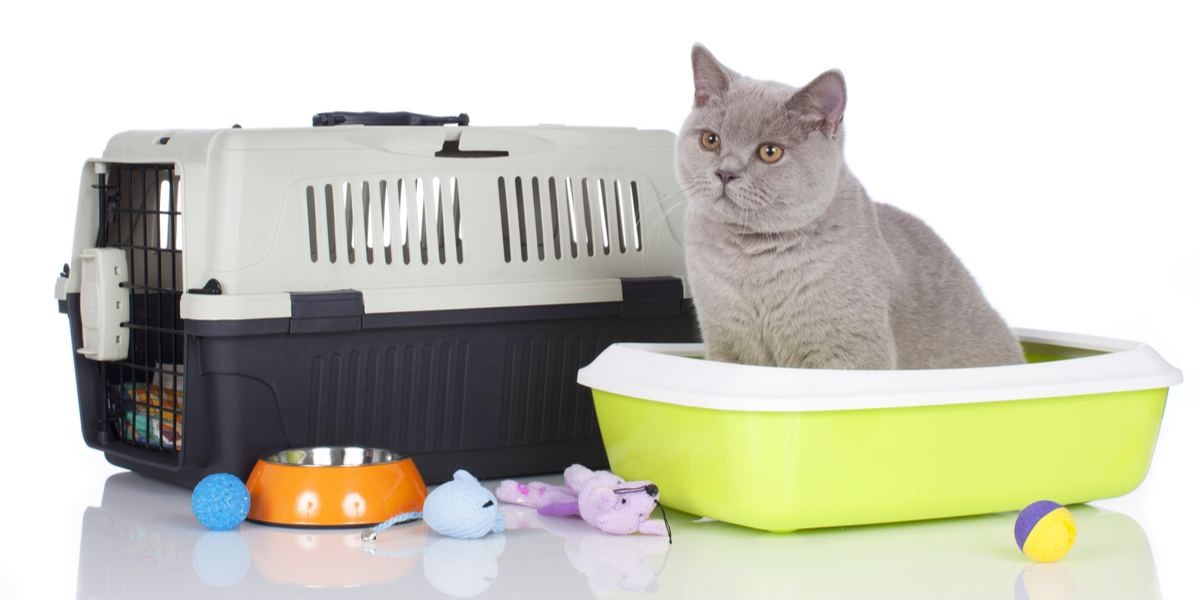
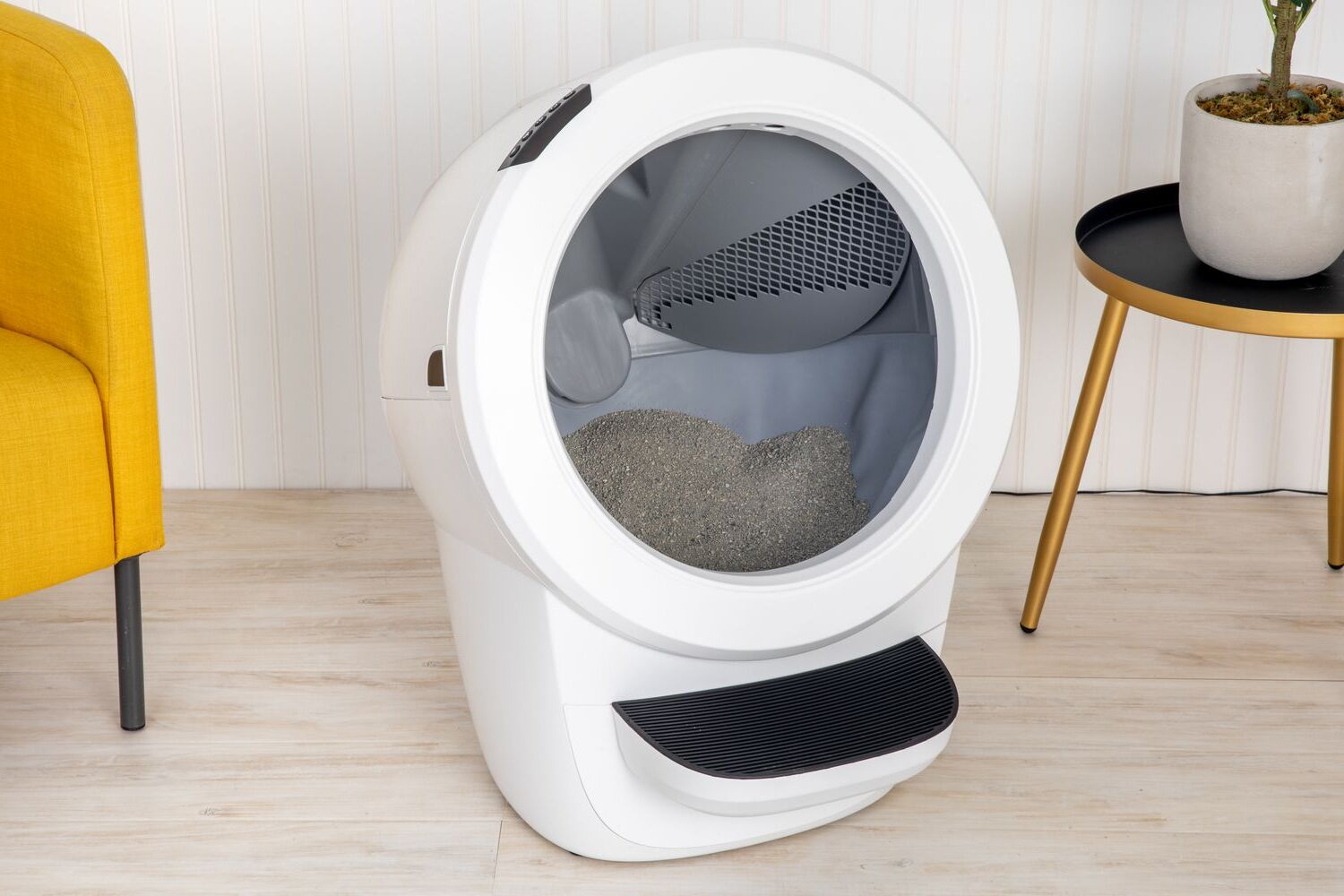
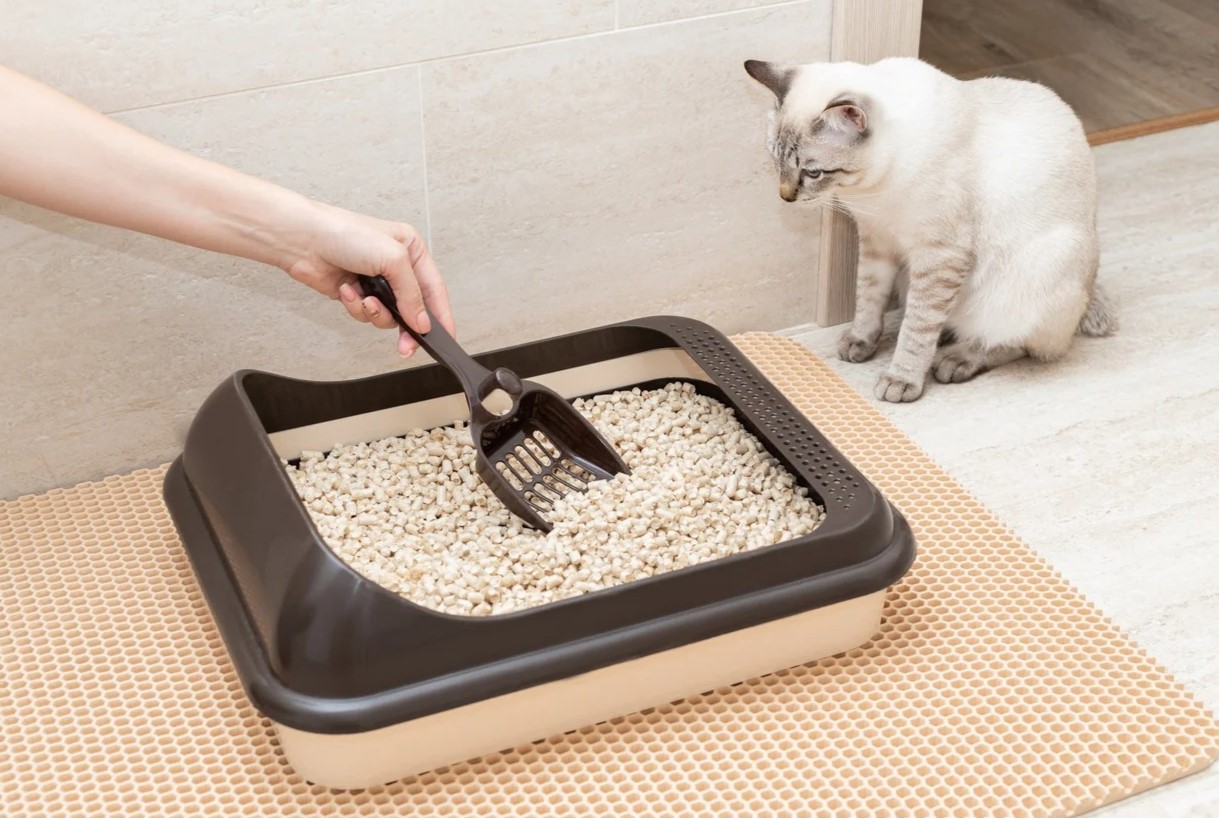
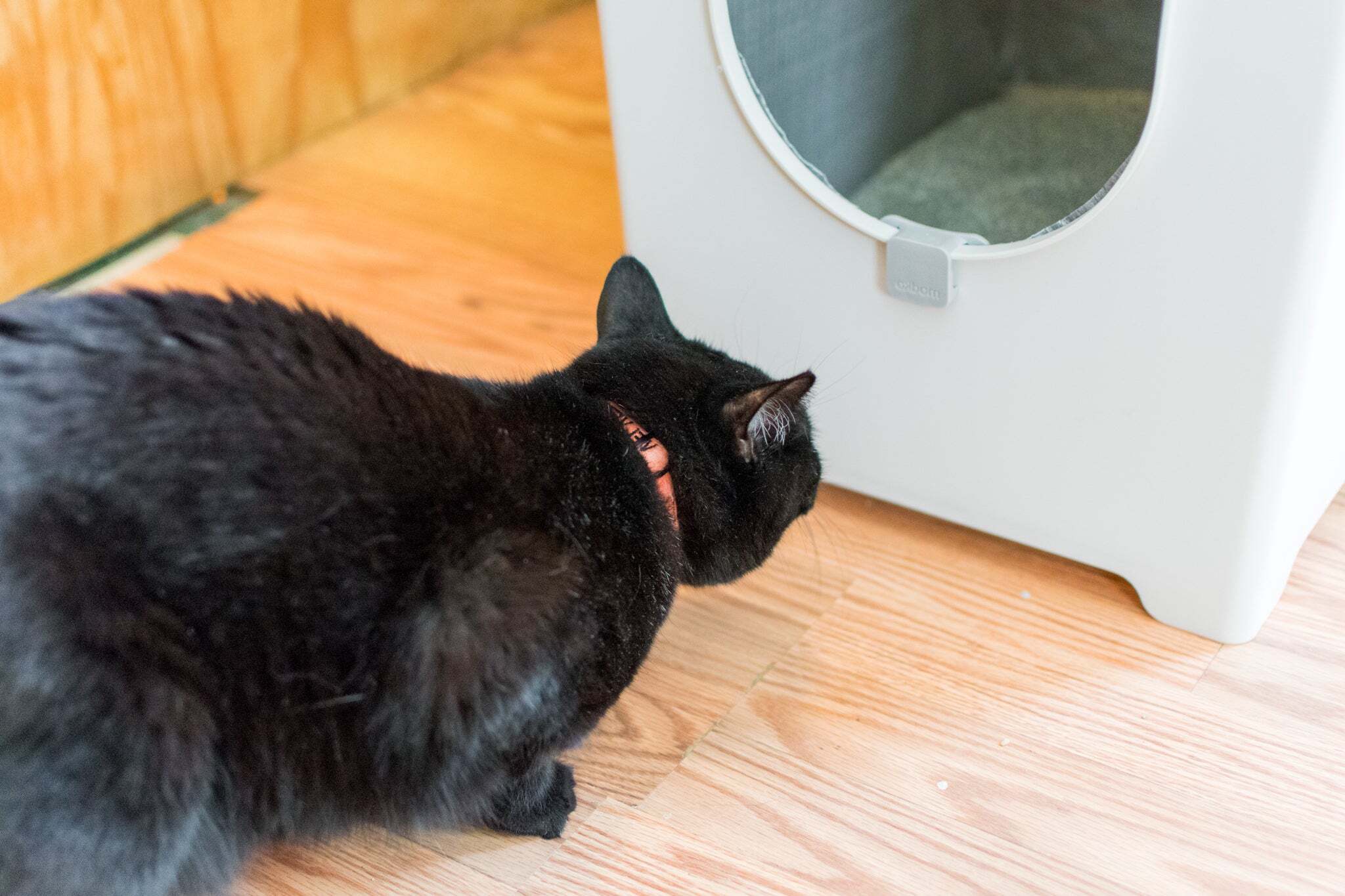
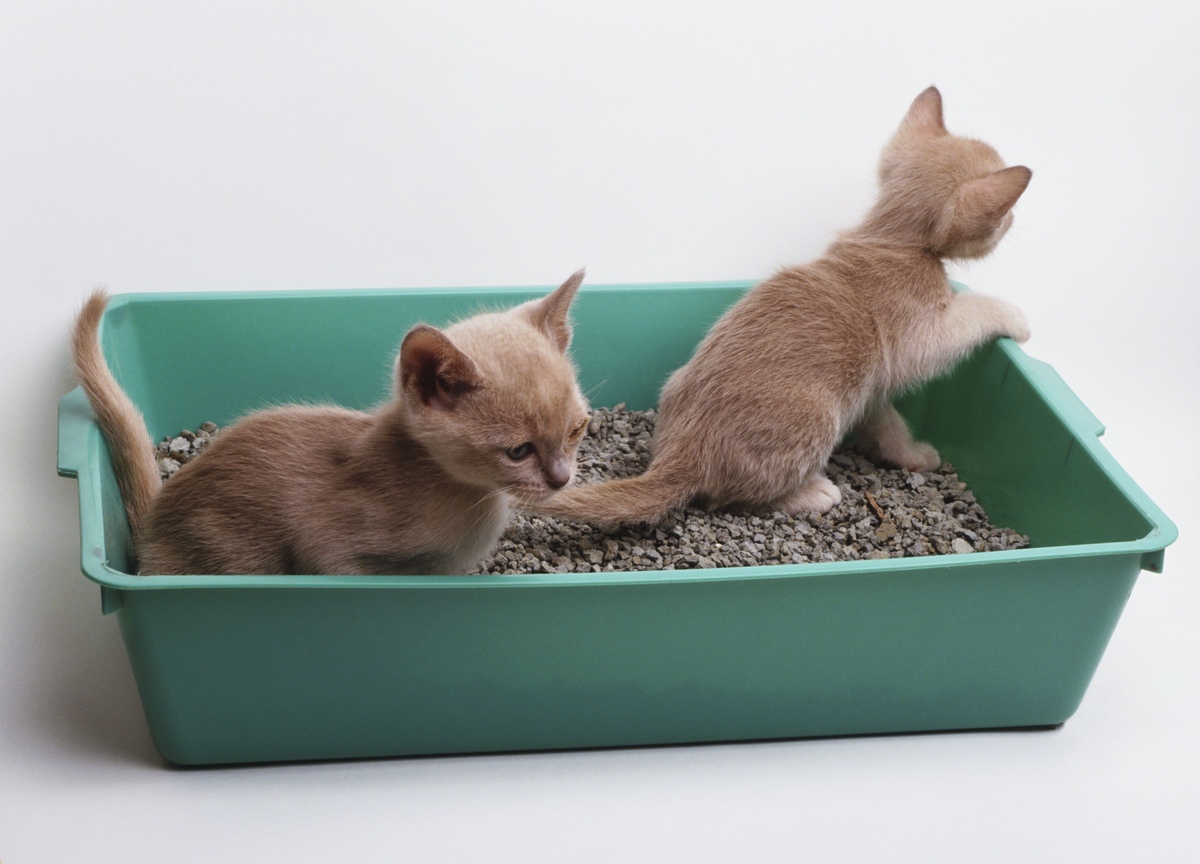
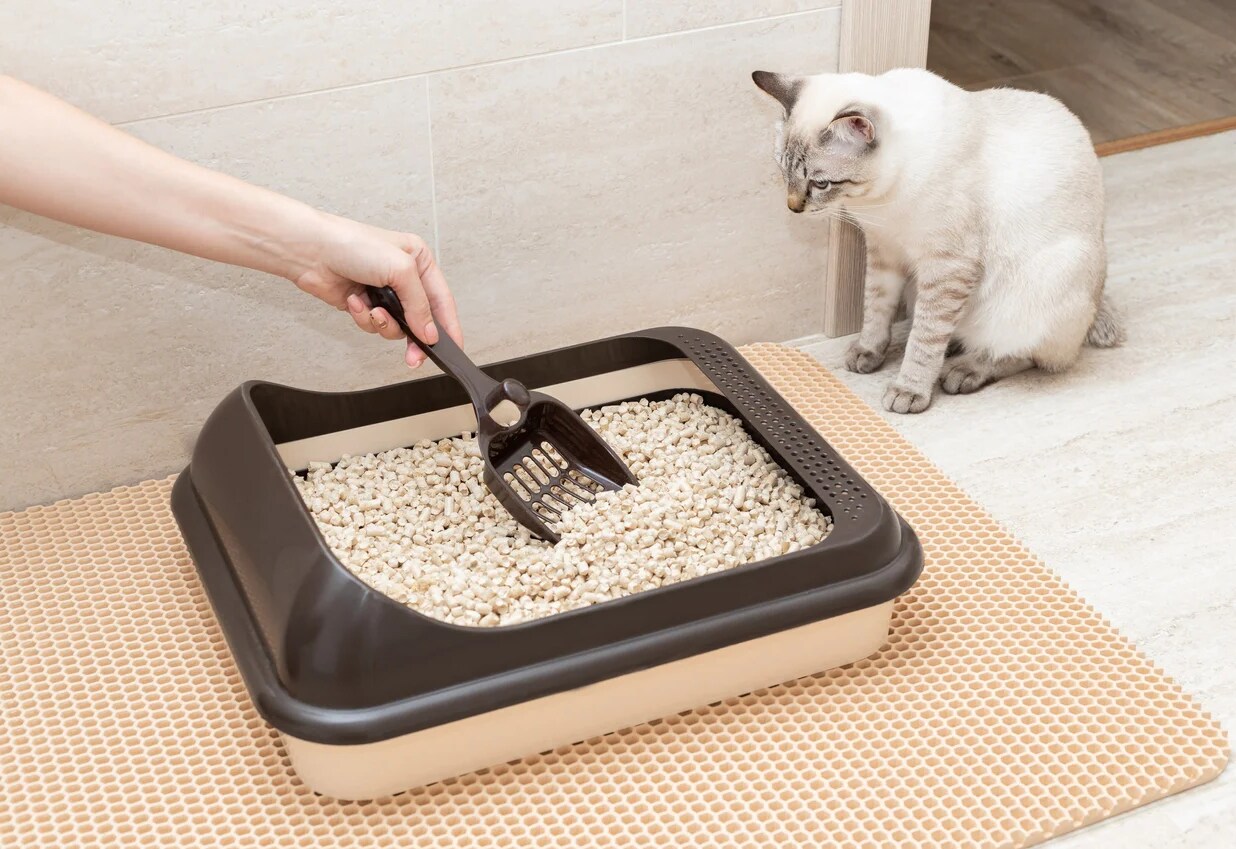
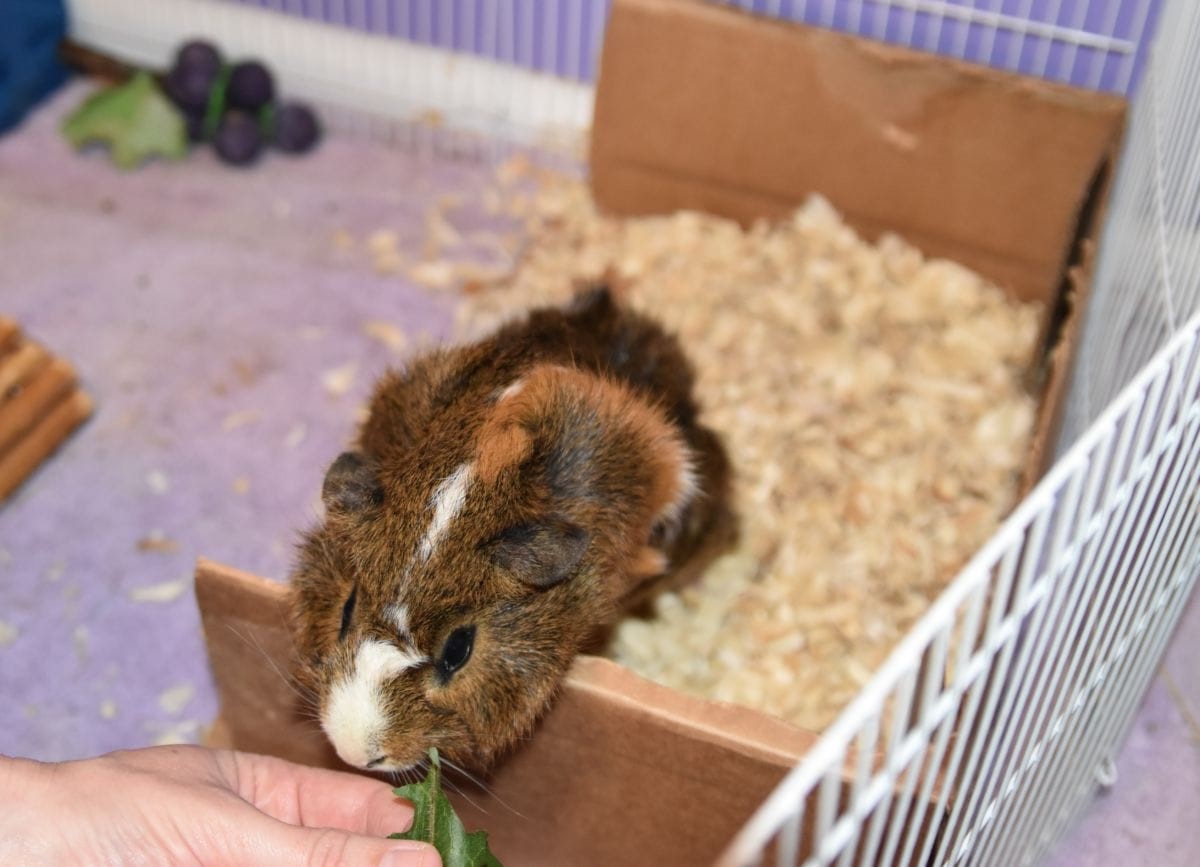
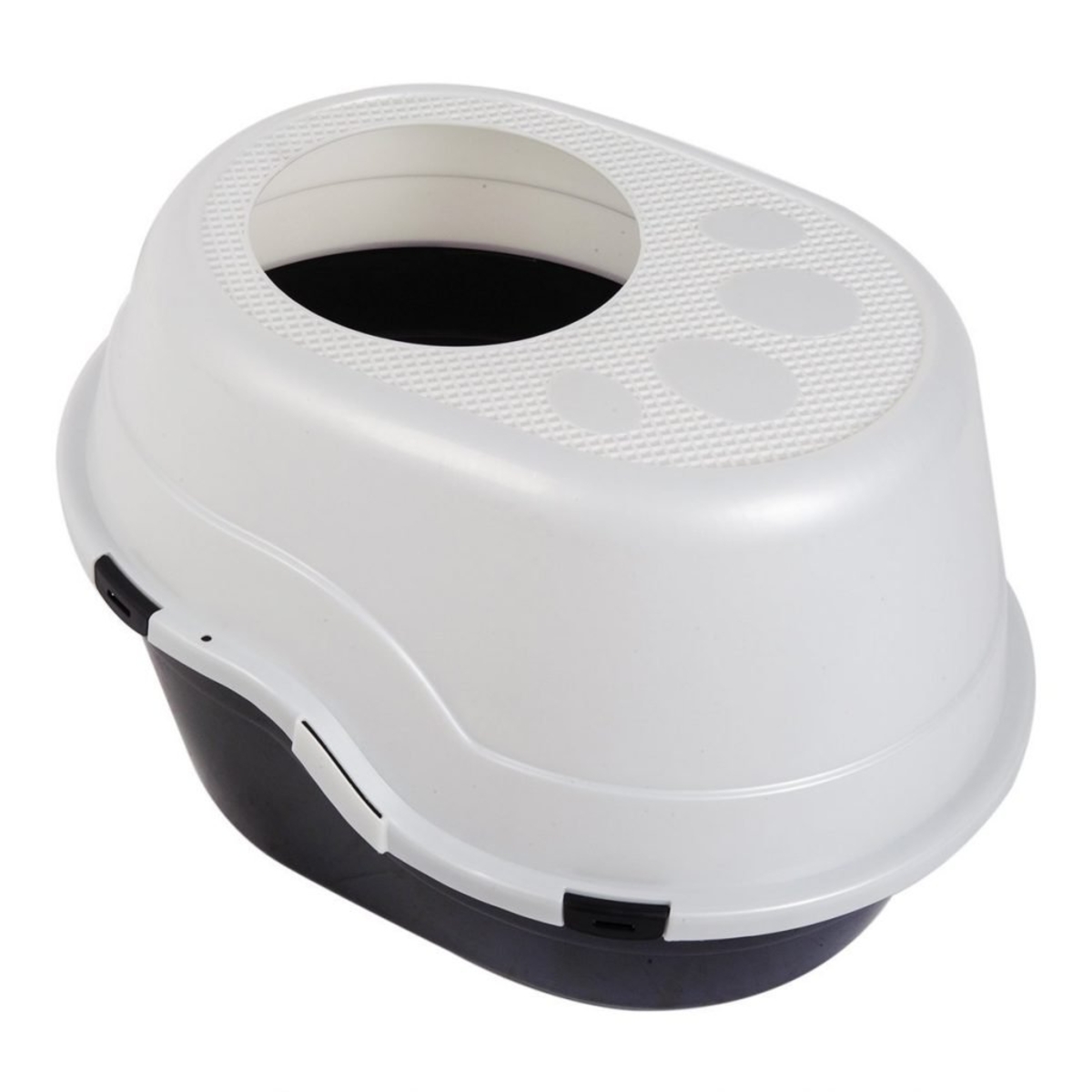
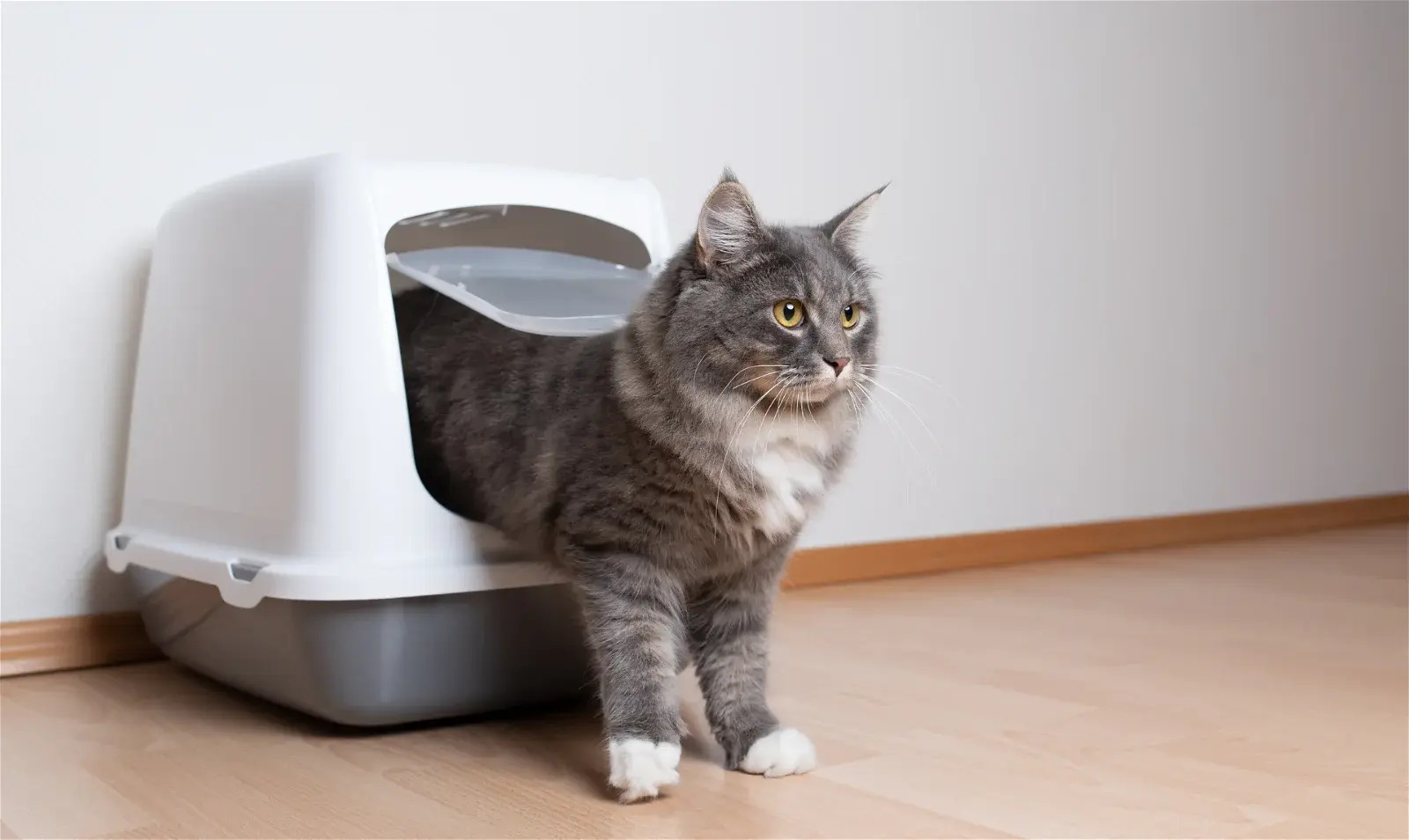
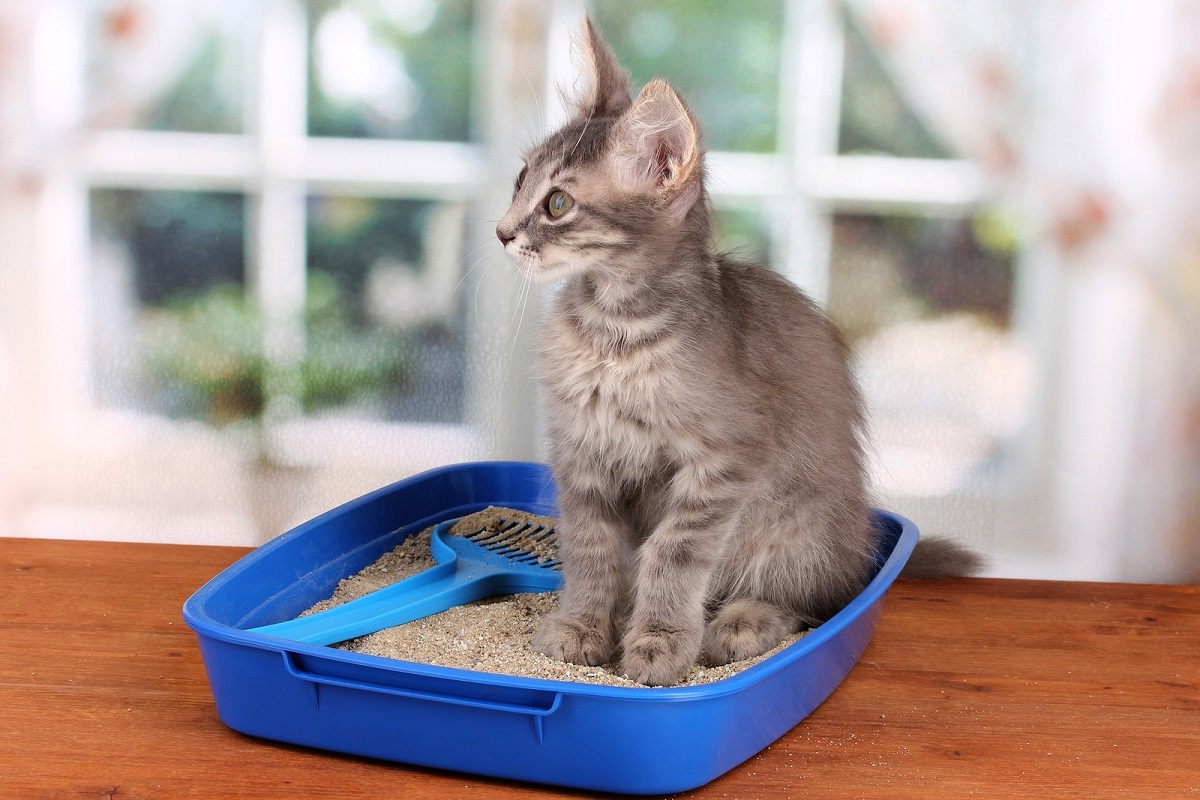

0 thoughts on “What To Put Under A Cat Litter Box”